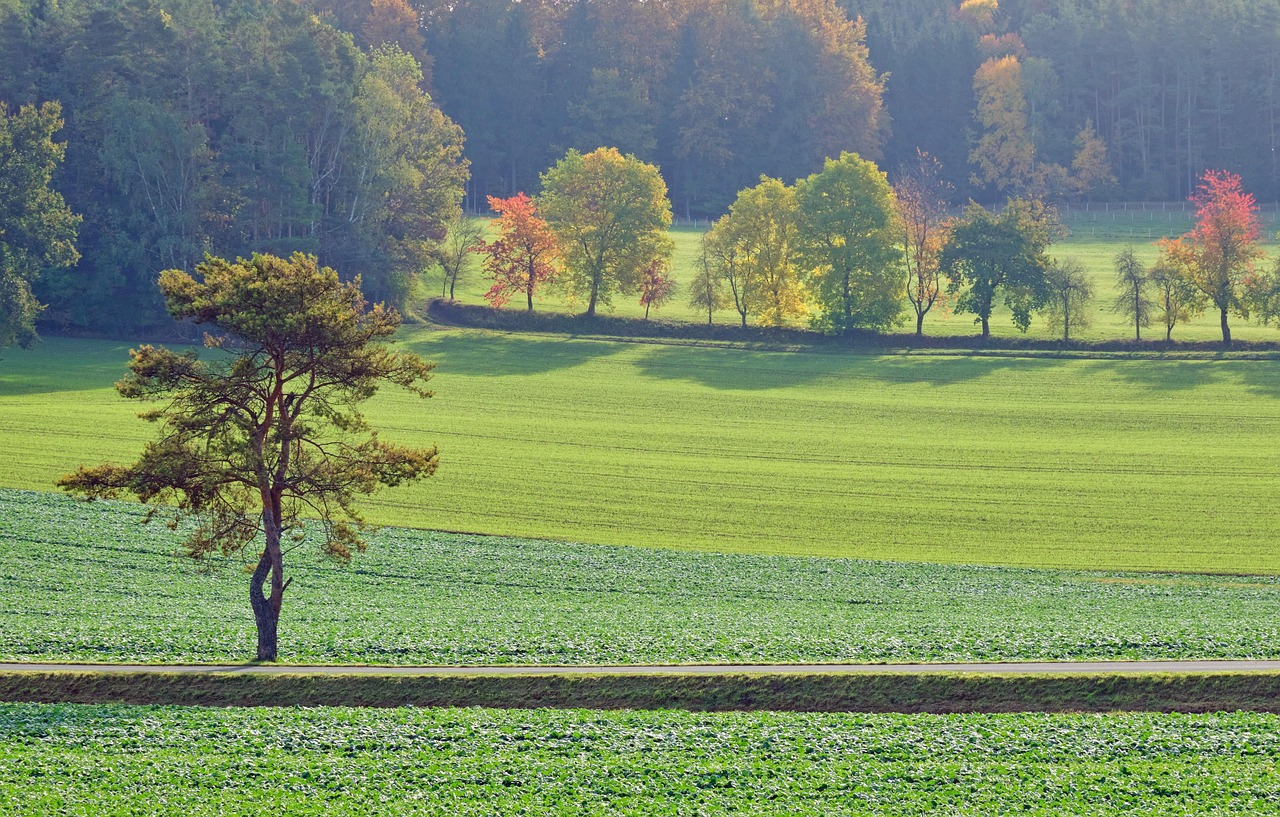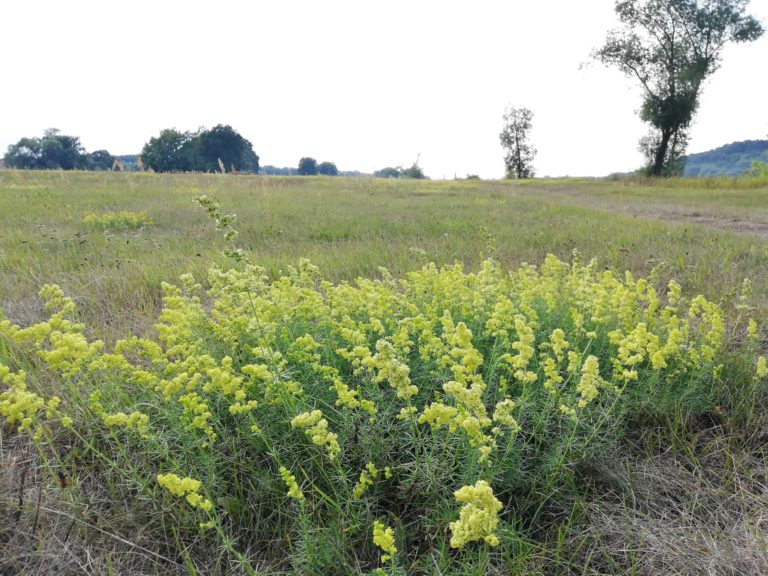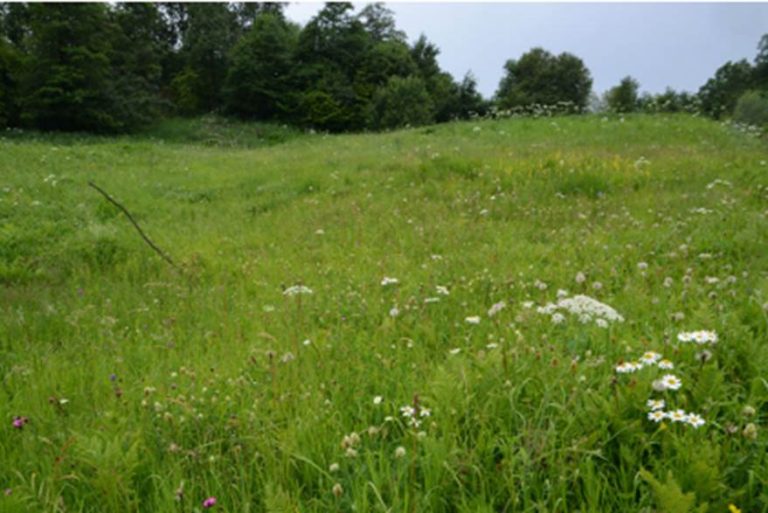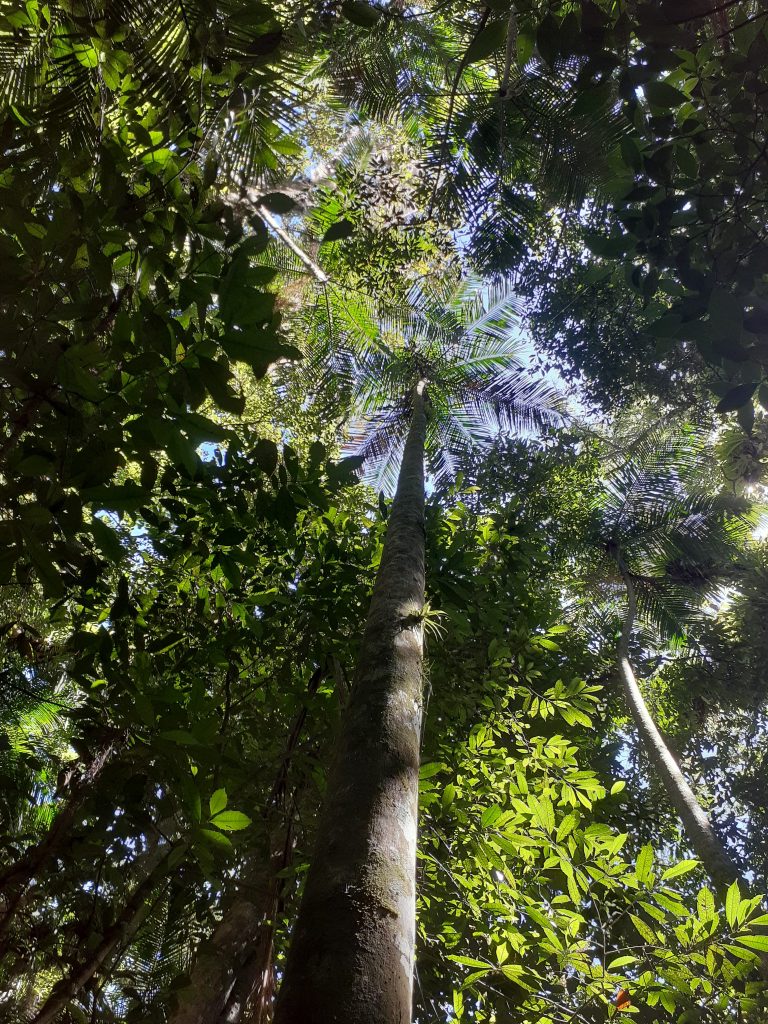In a quiet floodplain in Lower Saxony, an ecological experiment has been unfolding for more than three decades. In the early 1990s, 300 hectares of intensively used arable land were part of a government-funded conservation project aiming to restore species-rich grasslands. But how successful was this restoration? Have biodiversity and ecosystem function returned?
A new study by Lunja Ernst and colleagues, including Vicky Temperton from Leuphana’s Institute of Ecology, takes a close look at these questions. By comparing restored grasslands to nearby old permanent grasslands, the scientists assess which species groups have returned, which are still missing, and what that tells us about the ingredients of successful restoration.
Their findings are quite instructive: restoring species richness is possible, but restoring ecological function and specialist communities requires much more than scattering seeds [of a few dominant species].
Restoring grasslands of a floodplain
The study area is located in the Ise River floodplain in the district of Gifhorn, Lower Saxony. Here, the landscape is a mosaic of forests, arable fields, heathland, and both permanent and restored grasslands. The region is typical of Central Europe, where historicmeadows with low land-use intensity and high biodiversity have been steadily replaced by intensified agriculture.
Between 1991 and 1992, former cropland in this area was aimed to be restored into species-rich grassland, however, actually using a species-poor agricultural seed mix: six grass species and one legume. The idea was pragmatic: sow fast-establishing, productive species and let nature take care of the rest. The hope was that nearby old grasslands would act as a seed source, enabling spontaneous recolonization over time.
The present study compares 14 of these restored sites to 14 nearby old grasslands, which have remained continuously in low-intensity use and were never converted to arable land. Over two years, the researchers surveyed vascular plants and butterflies, focusing on groups that are indicators of restoration success: mesotrophic and wet grassland plants, flowering forbs, red-list species, and grassland specialist butterflies.

(Ernst et al., 2025).
Methodology: restoration through different lenses
The research design is as meticulous as the restoration process it evaluates. To capture the complexity of ecological dynamics, Ernst, Temperton and colleagues assess:
- Species richness and cover of plant groups based on field surveys from May to June in 2020 and 2021, on a total of 25 m2 divided into five 1 m² and one 20 m² plots per site.
- Butterfly diversity and abundance, by four survey rounds of transect walks across the same sites from May to September 2020.
- Habitat connectivity, via QGIS-based (Geographic Information System) analysis of landscape metrics: the distance to nearest old grassland and the percentage of old grassland cover within a 500 m buffer.
- Land-use intensity (LUI), using a meadow-specific index that combines mowing frequency and nitrogen input.
By applying statistical models and ordination techniques, the research team disentangled the influence of local management (e.g., mowing and fertilization) and landscape context (e.g., spatial isolation) on species distributions and community composition.
What worked, and what didn’t
The good news: total plant species richness was similar in restored and old grasslands. This suggests that recolonization from the surrounding landscape did occur.
However, the story is more nuanced. Wet grassland species had significantly lower richness and cover in restored grasslands. These species thrived on old grasslands, especially those with natural depressions and moist microsites – features missing from former arable fields. Mesotrophic, red-list, and flowering plant species richness and cover were not significantly different between old and restored sites, but all declined sharply under higher land-use intensity (LUI). Restored sites had higher richness of agricultural grassland species, likely due to the initial seed mix and ongoing management. Land-use intensity plays a crucial role: As mowing frequency and nitrogen input increased, species richness and cover of target plant groups dropped drastically by up to 100% for red-list plants.
Another key factor was proximity to old grasslands. Plant species richness (especially of mesotrophic and non-sown species) was higher when restored sites were closer to old grassland patches. This underlines the role of dispersal limitation and source populations for restoration outcomes.
For butterflies, the findings echoed those for plants. Restored and old grasslands showed no significant difference in butterfly species richness or abundance. What mattered most was the availability of flowering forbs, which provide crucial nectar and larval host plants. Butterfly richness and abundance rose steeply with increasing flower cover. Yet nearly a third of the surveyed transects had no flowers at all, limiting habitat suitability. Land-use intensity again played a role, indirectly reducing flower abundance and butterfly diversity.
Rethinking restoration: seeds, sites, and systems
This study is a powerful reminder that restoration is not just about area, but it’s about structure, function, and process. Sowing low-diversity grass mixtures is ineffective for restoring target plant and butterfly communities, even after decades. However, achieving similar plant species richness to old grasslands is possible.
So, what are the researcher’s recommendations for successful restoration?
- Mowing (not more than) twice a year is essential for developing flower-rich communities, which are crucial for butterfly restoration.
- Proximity to existing old grasslands can enhance the immigration of desired species over time. Effective recovery of wet-grassland species necessitates creating wet microsites and potentially introducing seeds.
- Ongoing monitoring and adaptive management following restoration efforts are key, such as sowing high-diversity seed mixtures with regional genotypes and appropriate host plants, while also creating moist site conditions
As the EU and other regions roll out ambitious targets for ecosystem restoration, studies like this offer critical insights into long-term outcomes. Restoration is not just a one-time intervention; it’s an ongoing, adaptive process that must align ecological knowledge with local realities. Thirty years later, the message of this grassland site is: Restoration requires more than time and space – it requires a contextual strategy.
Are you interested? You can find the whole research article here: https://onlinelibrary.wiley.com/doi/full/10.1111/rec.70029



